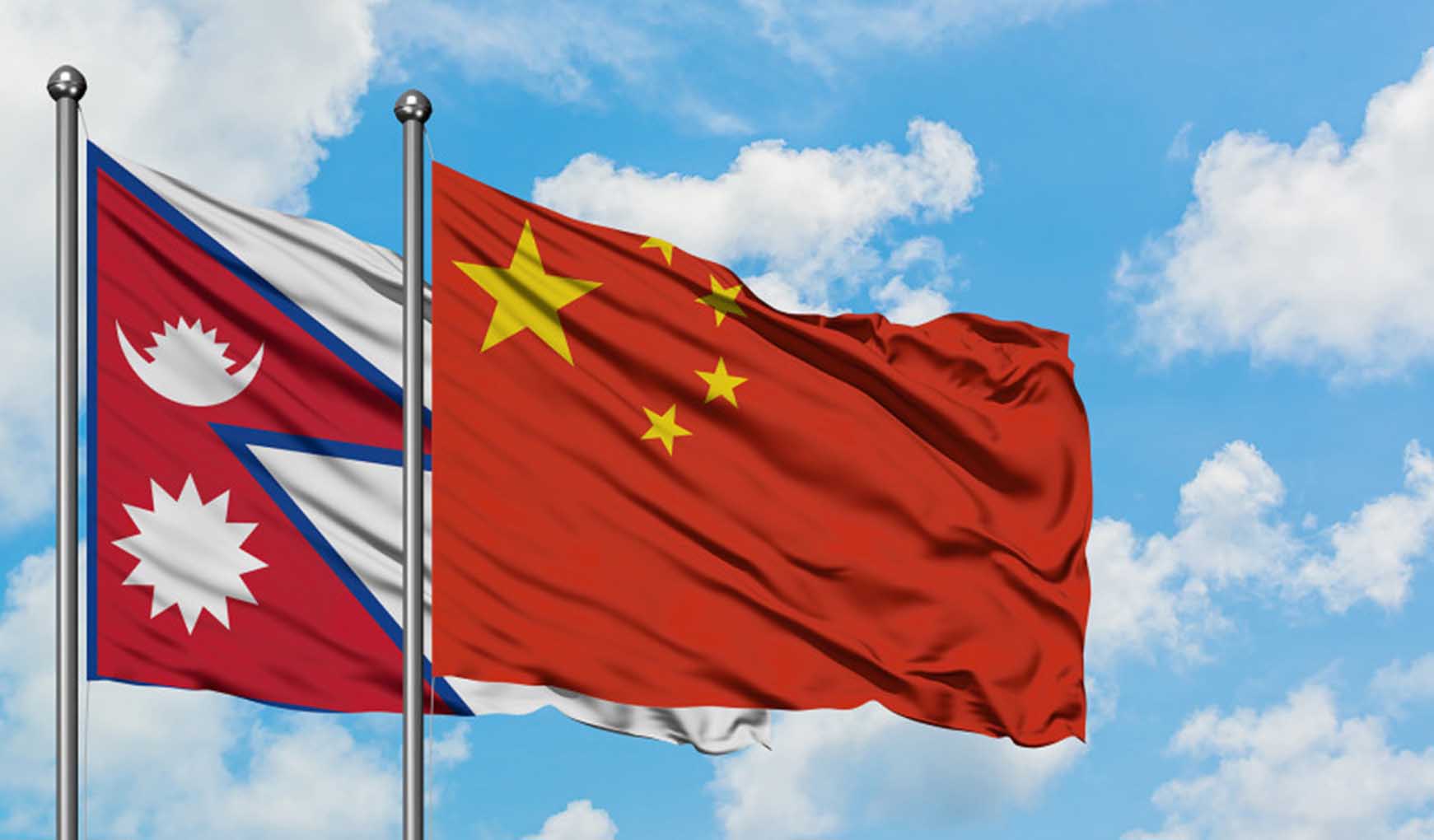Editorial: Signs of thaw
High expectations of lasting peace on the border must be tempered, given Beijing’s dubious track record in honouring agreements

The agreement between India and China on disengagement and patrolling arrangements along the Line of Actual Control (LAC) is a welcome sign of thaw in the bilateral relations, nearly four-and-a-half years after the Ladakh standoff. It took several rounds of diplomatic and military level negotiations — some frustratingly deadlocked — to finally break the ice. However, the high expectations of lasting peace on the border must be tempered, given Beijing’s dubious track record in honouring the agreements. Nevertheless, this is a positive development after years of unproductive talks, especially the stalemate that existed after the disengagement of forward troops at four locations, including the banks of Pangong Lake. This should be seen as the first step in the right direction. Complete disengagement and de-escalation should be the goal, which will involve pulling back nearly 60,000 troops arrayed on each side close to the LAC in the Ladakh sector, followed by their withdrawal to peacetime locations. The agreement on Depsang Plains and Charding Nullah in Demchok assumes significance since the Chinese side, until a year ago, showed reluctance to even discuss them while it agreed on disengagement at other friction points. There are seven friction points in eastern Ladakh where Indian and Chinese troops have had confrontations in the last few years. India has been insisting on the restoration of the status quo of April 2020, removal of buffer zones and recommencement to patrolling claim lines. China, on its part, has been hinting that the current deployment be considered the status quo.
During the negotiation process, New Delhi did well to stand firm on two key demands: early disengagement of troops from all friction points in eastern Ladakh; and the restoration of the status quo ante as of April 2020, before the conflict began. The prolonged standoff, especially the death of Indian troops in a brutal skirmish at Galwan Valley in June 2020, put the bilateral relations under severe strain. This came at a time when China’s hegemonic actions across the Indo-Pacific region led to growing concerns. India is not alone in having worries about China’s long-term goals as far as border disputes are concerned, as developments in the South China Sea, East China Sea and Taiwan Strait have shown. Beijing is embroiled in territorial disputes with over 20 countries. At present, troops deployed along the LAC continue to be in a state of alert, though avoiding any confrontation which may create a trust deficit and further delay redeployment plans. In the days ahead, both sides have to pledge their commitment to agreements on border management or agree on suitably updating them, given the Indian side’s consistent position in recent years that it was China that violated these pacts. Concerted efforts must be made to address the mistrust and animosity that has largely characterised India-China ties over the last few years despite the deepening economic relations.
Related News
-
Cartoon Today on December 25, 2024
6 hours ago -
Sandhya Theatre stampede case: Allu Arjun questioned for 3 hours by Chikkadpallly police
7 hours ago -
Telangana: TRSMA pitches for 15% school fee hike and Right to Fee Collection Act
7 hours ago -
Former Home Secretary Ajay Kumar Bhalla appointed Manipur Governor, Kerala Governor shifted to Bihar
7 hours ago -
Hyderabad: Organs of 74-year-old man donated as part of Jeevandan
7 hours ago -
Editorial: Modi’s Kuwait outreach
7 hours ago -
Telangana HC suspends orders against KCR and Harish Rao
8 hours ago -
Kohli and Smith will be dangerous and hungry: Shastri
8 hours ago




